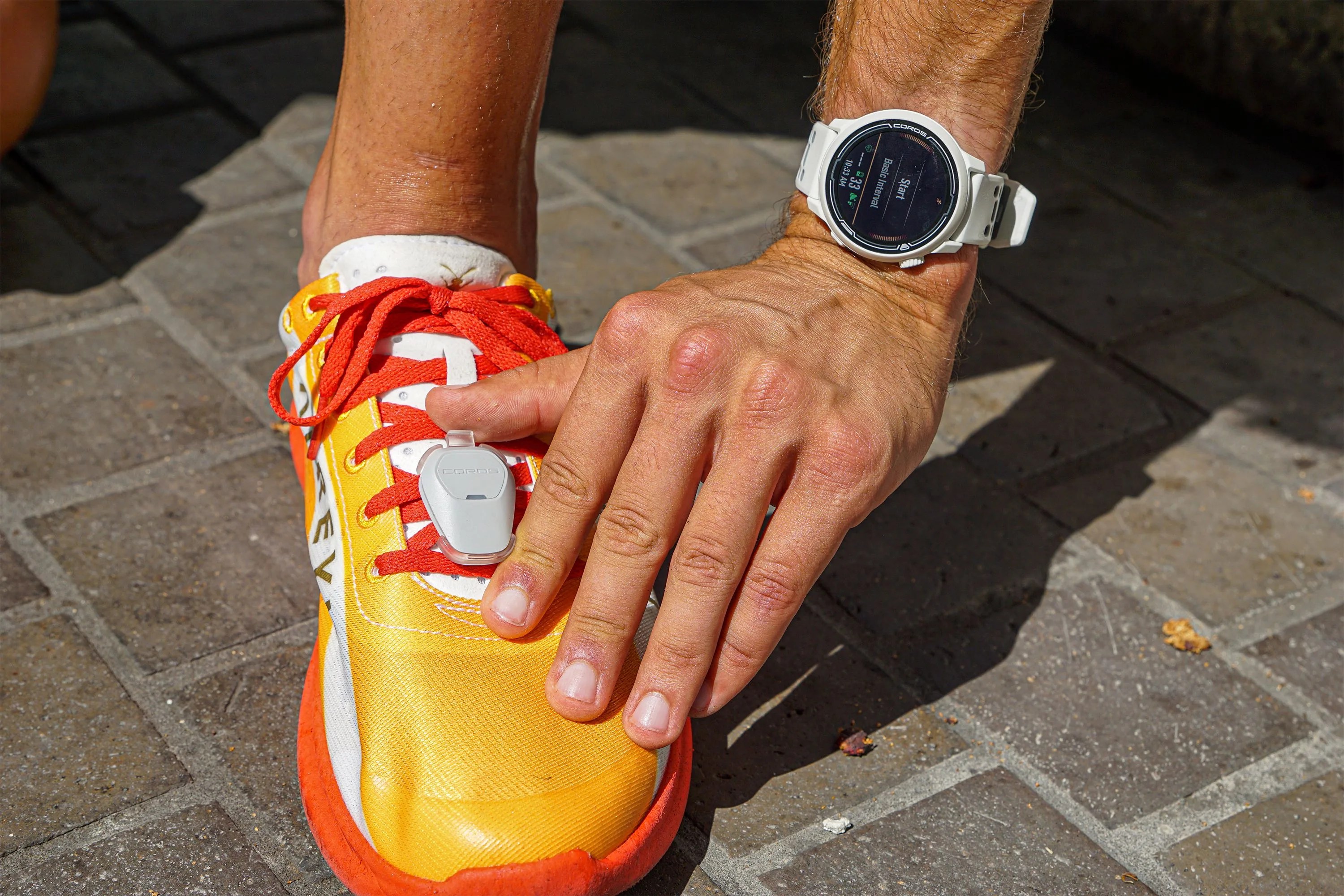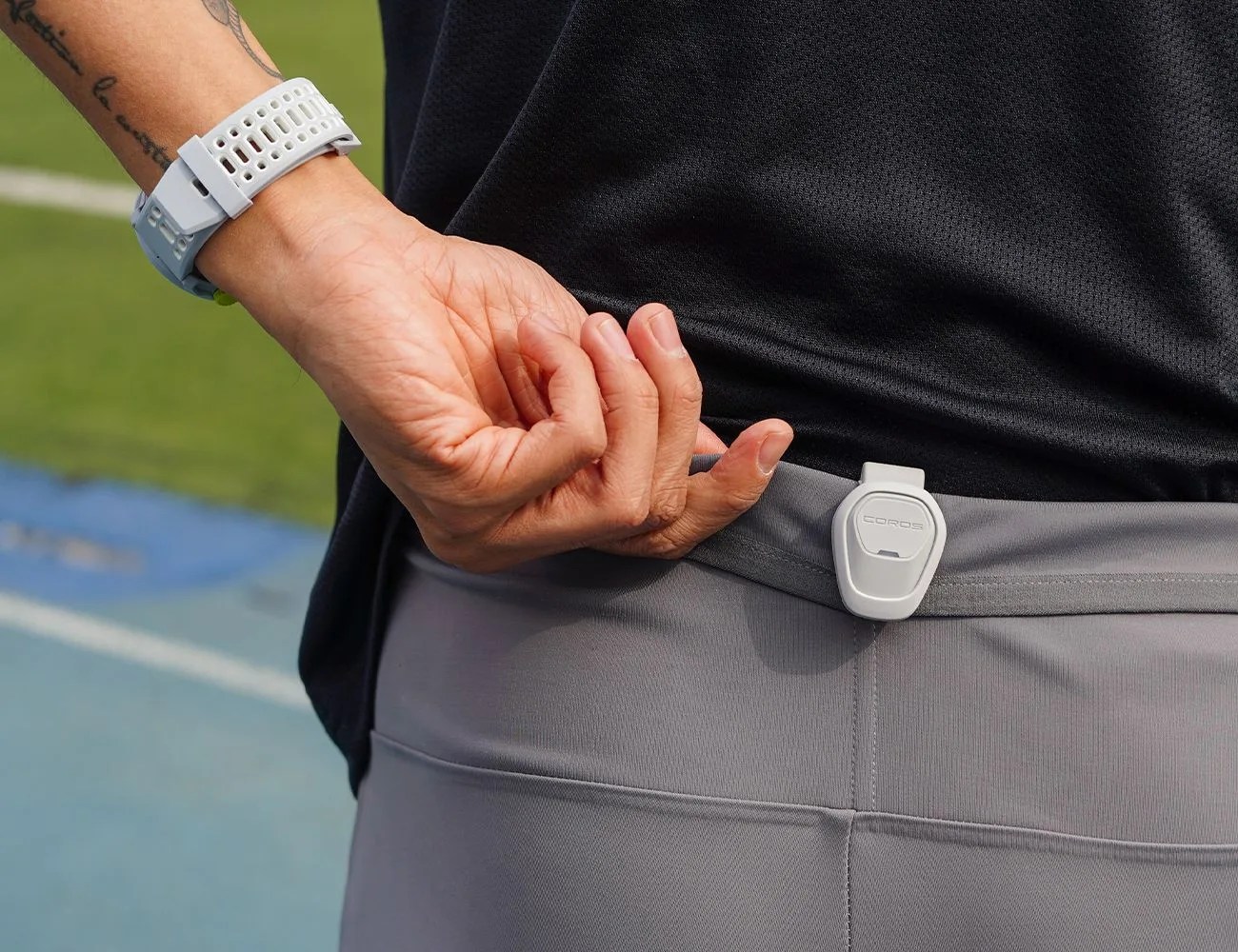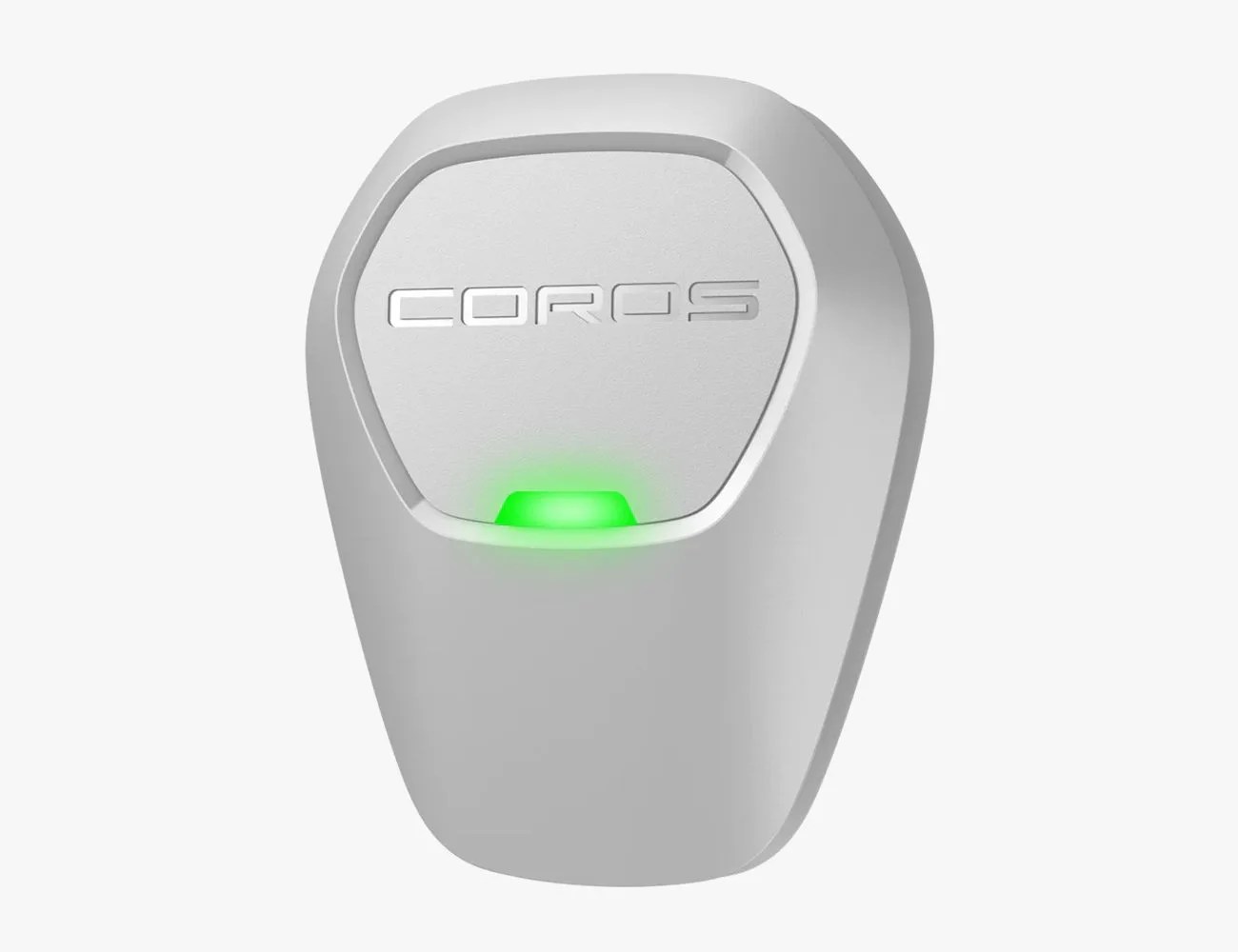For serious athletes, or those just curious about their running performance, running watches can be an excellent tool. Their ability to monitor multiple metrics as well as GPS location when out on the road or trail can provide a thorough picture illustrating output, pace, distance and more.
Despite the large amount of tech crammed into these impressive wristwear options, though, there are some limitations.
For one, the GPS technology that keeps you on the right path can be influenced greatly by your surroundings — run through an urban environment, for example, and the metal in all those tall buildings around you is bound to mess with the radio signals from on high and disrupt your route tracking. Additionally, pace data can lag at times, since the sensors are located on your wrist and not the dominant movement area around your feet and hips. Lastly, the metrics of running indoors can be less accurate than running outside due to the, well, lack of covered ground.
To help boost these signals and give you a more accurate depiction of your running performance, Coros has unveiled an all-new wearable to pair to your Coros running watch, the Pod 2. The sleek, lightweight sensor can be worn atop your running shoe laces or your waistband, acting as a high-powered accessory for enhanced data collection.
What can the Coros Pod 2 add to your running tech?
The latest lightweight, water-resistant running watch accessory packs a ton of optimized sensor hardware and intuitive software algorithms into its tiny profile. A more advanced accelerometer can allow for more accurate, near-real-time pace data, removing the typical delay you’d see when just running with a traditional watch. Additionally, the Pod 2 offers access to other advanced running metrics, including Ambient Temperature, Ground Time, L/R Balance, Stride Height and Stride Ratio.
GPS location data is also enhanced with the Coros Pod 2, which can be great for those running through dense cities or tunnels. The Pod 2 gathers data from multiple internal sensors, so it can auto-correct GPS disruptions such as pace spikes and drops. This consistent tracking can help your routes stay clean and crisp without disruption — no more jagged lines when mapping out a route around skyscrapers or covered sidewalks.





